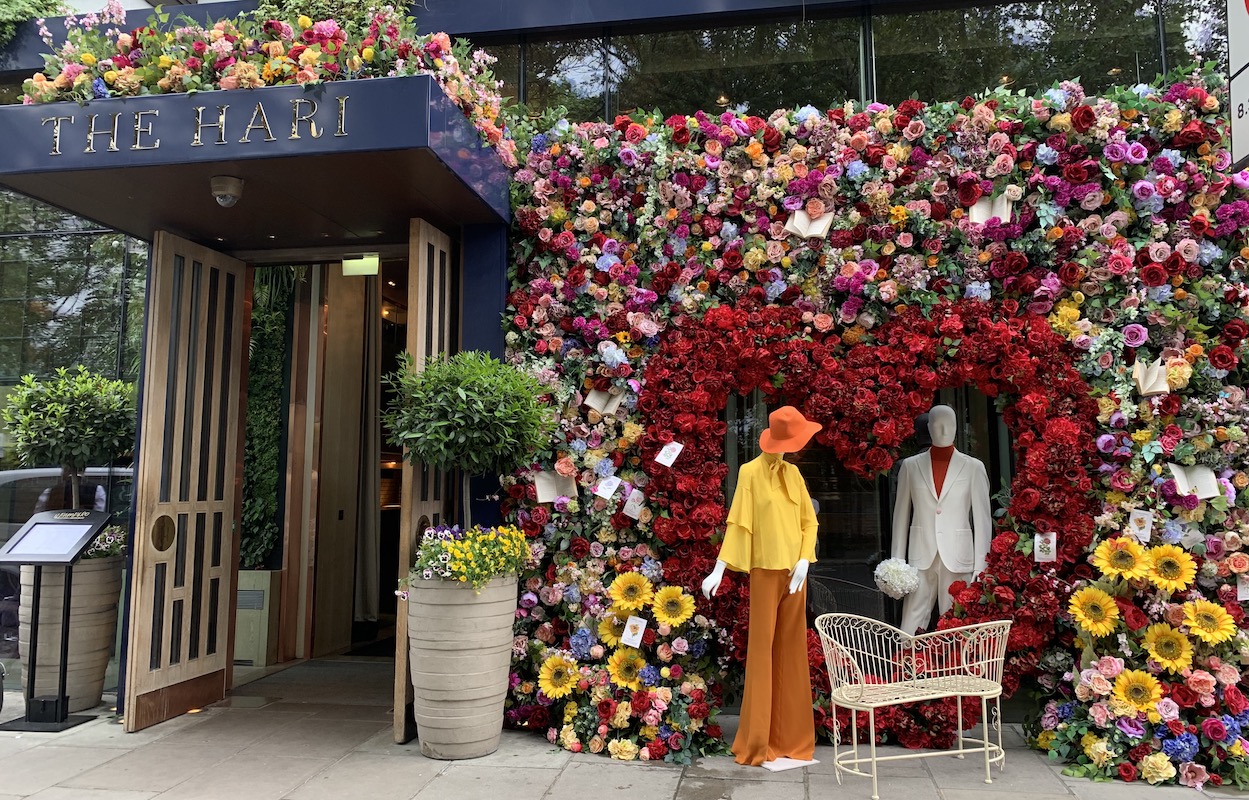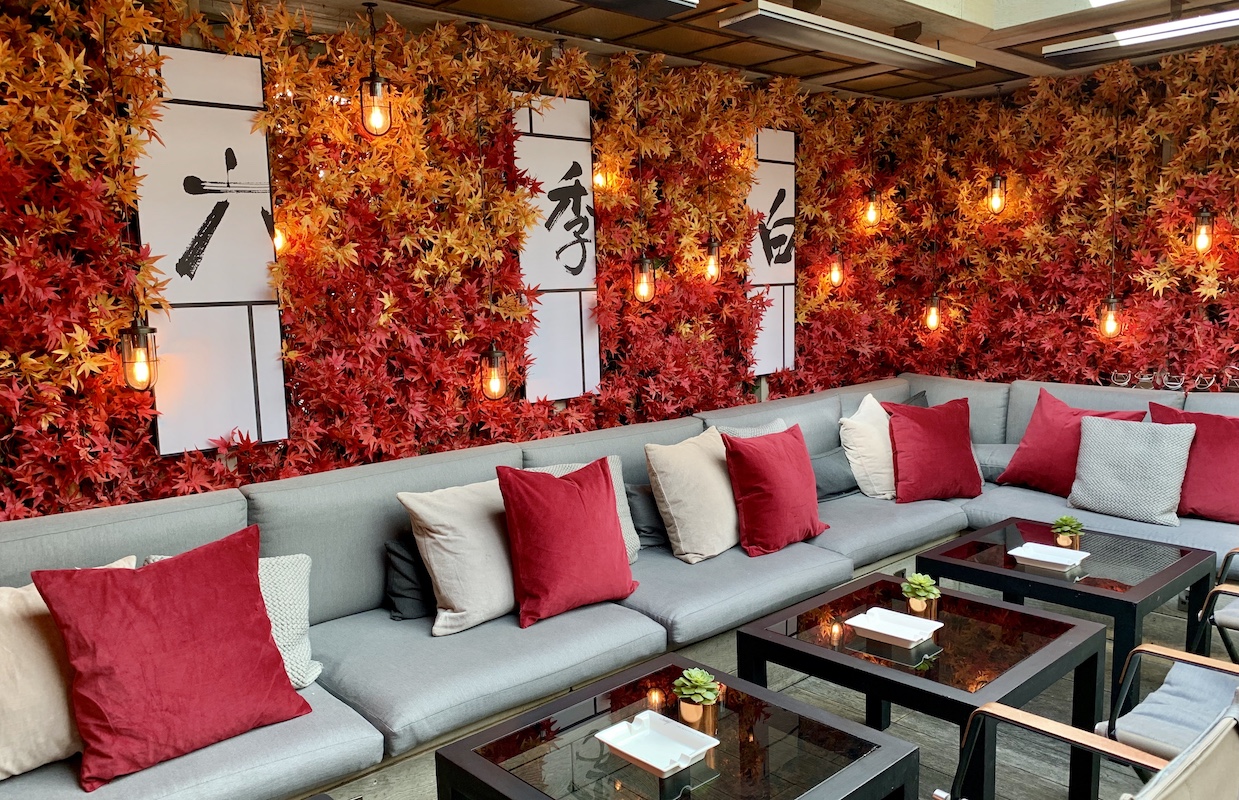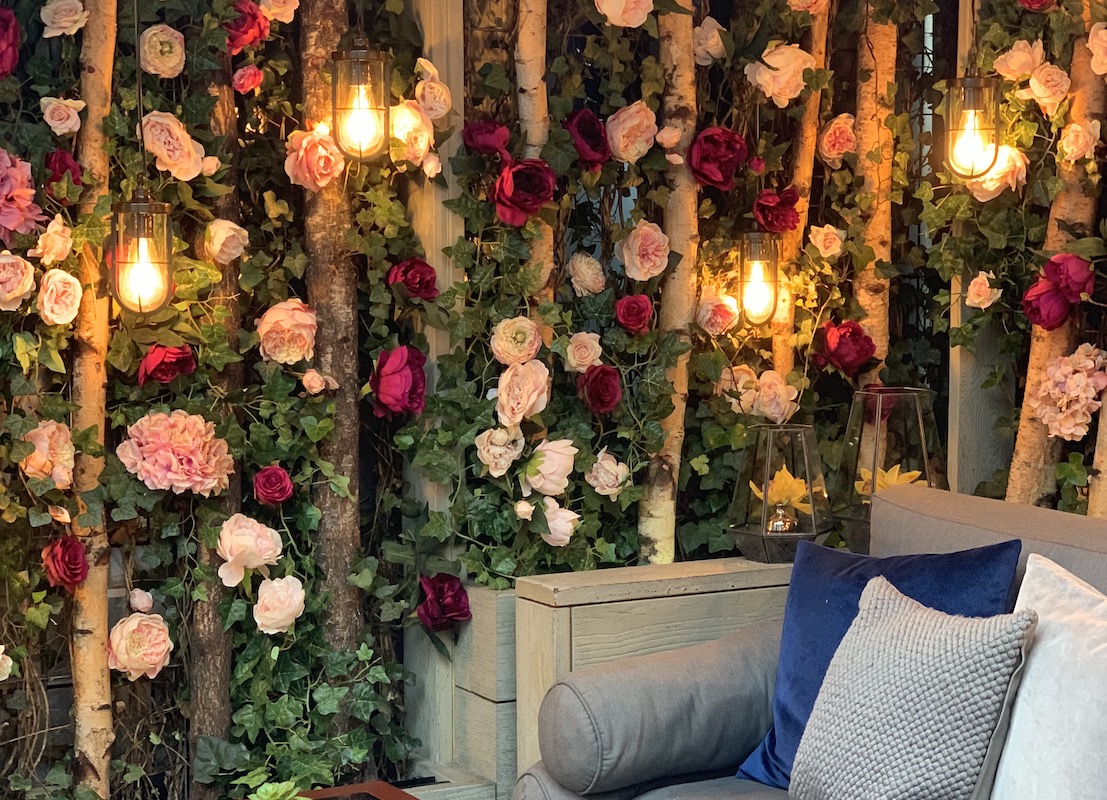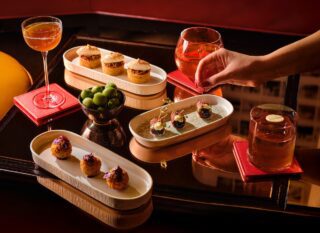This website uses cookies so that we can provide you with the best user experience possible. Cookie information is stored in your browser and performs functions such as recognising you when you return to our website and helping our team to understand which sections of the website you find most interesting and useful.
Blooming lovely: the budding flower arranging trends of 2021
By Polly Jean Harrison | 12 June 2021 | Lifestyle
As spring blooms work their magic on a capital emerging from lockdown, we look at what’s in style in the floral sphere

There’s something wonderfully comforting about a bouquet of fresh flowers. They can light up a room, add a pop of colour to a space and nurture feelings of happiness. This is doubly true in London, with Mayfair in spring welcoming a cascade of dramatic floral arrangements gracing windows, tables and boardrooms everywhere from Annabel’s to The Hari.
And, after almost a year of London’s hospitality being closed for business during Covid-19 lockdowns, it’s no wonder many people have turned to flowers to bring a little bit of pleasure to their day.
This is likely the inspiration behind this year’s biggest trend of “sunshine yellow”, seen in many popular arrangements this year. These gorgeous bright tones are the very picture of happiness, brightening spirits and setting the perfect mood for a warm, joyful spring arrangement. Daffodils, of course, are the obvious spring flower but yellow tulips, quirky spherical craspedia, and even delicate ranunculus can bring sunshine into your living space.

There are also a multitude of health benefits to having fresh flowers around. The practice of flower arranging itself is a very mindful hobby, perfect for keeping hands busy and directing attention towards the flowers and away from worries, and there has been an uptick of interest in the practises of flower arranging traditions, such as Japanese Ikebana.
For even greater mental health benefits, try working soft pastels and calming neutral blooms into your bouquets to help create a relaxing arrangement perfect for relieving anxious thoughts; or mix in some aromatic greenery such as lavender, mint and eucalyptus – all proven to soothe or enhance moods – for a gorgeous arrangement to suit any space that doubles as the perfect stress remedy.
GREEN SHOOTS
Ultimately, the main trend seen this year has been one of sustainability. With attentions shifting to try to limit the consequences of climate change, many people are now beginning to change their behaviour to limit their personal effect on the environment –and floristry is no different.
“Over the past few months, we have seen clients taking a more thoughtful approach when it comes to ordering bouquets and arrangements. They seem to be more in tune with nature, paying more attention to the environmental side,” says Michal Kowalski, master florist of Blooming Haus.
“People want more foliage,” he says.

“They see you can create a greener, more environmentally friendly design, still with amazing results, but with more thought towards their carbon footprint, which adheres to Blooming Haus’s sustainable practices. Thankfully, this is a growing trend and this year we see more natural, loose organic designs, with more locally sourced flowers.”
An example of championing sustainability through your arrangements is finding an alternative to floral foam. Used by amateur and professional florists alike as a tool to hold flowers in place and keep them hydrated, it is generally not recyclable or compostable and ultimately ends up in landfill. Environmentally conscious flower arrangers are turning to greener, reusable alternatives such as chickenwire or pebbles, or simply not using it at all.
Dried flower arrangements are also increasingly popular. Traditional fresh cut flowers are often grown abroad and, due to their short lifespan, have to be transported quickly in controlled conditions. However, dried blooms last far longer, so are less wasteful and 100% biodegradable – perfect for special occasions where your blooms can double a long-lasting keepsake for years to come.







